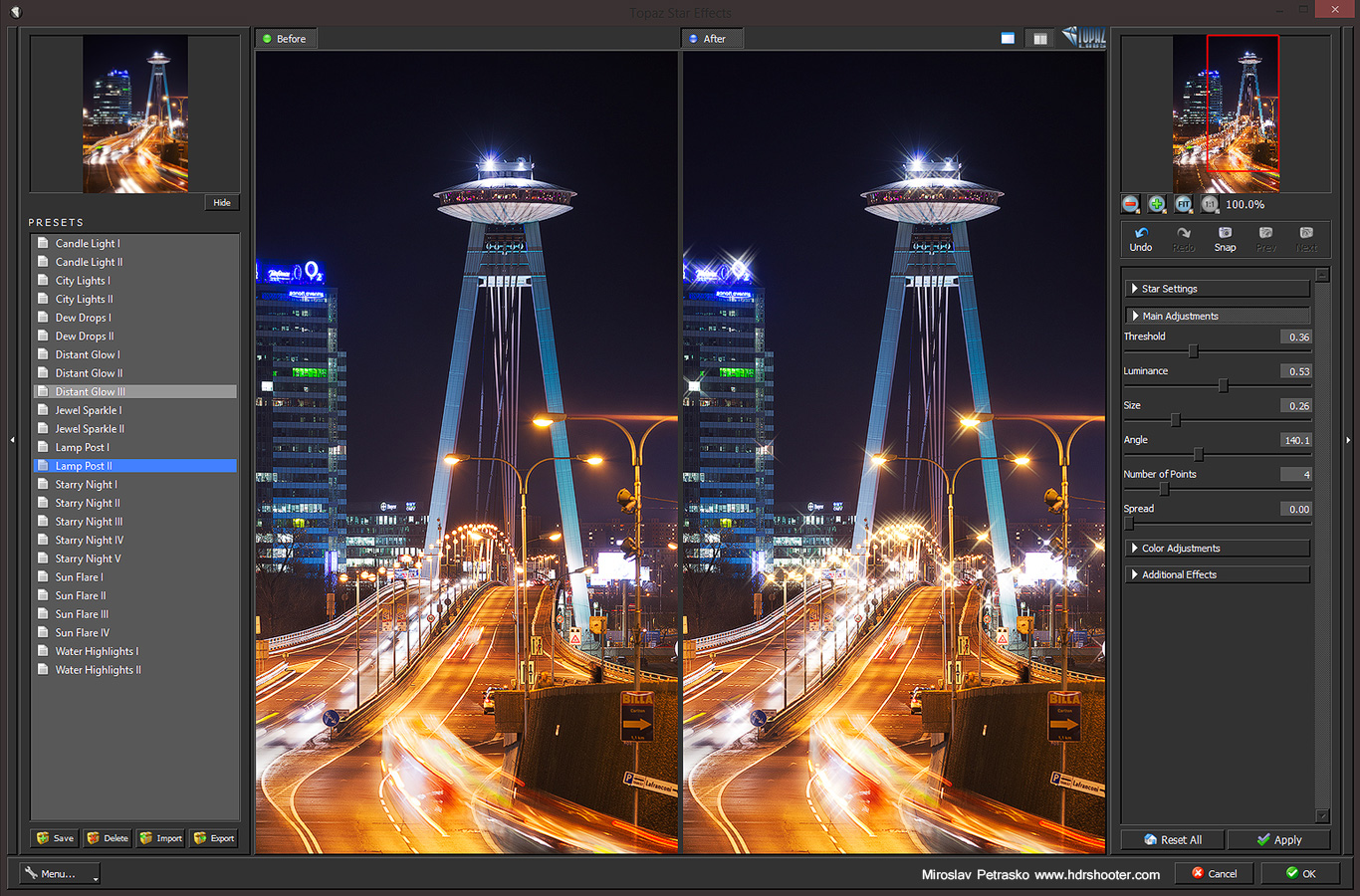
And despite their profusion, no two doubles look exactly alike! They display a seemingly endless combination of brightnesses, separations, and configurations.īut it’s the perceived colors of these objects that I find especially fascinating. Also, because they’re often bright and easy to spot, these stars can be viewed on nights you find useless for looking at nebulas and galaxies due to haze, moonlight, or light pollution.
#TOPAZ STAR EFFECTS MULTIPLE STARS PLUS#
This is a real plus if your overhead view is limited by trees, houses, or other obstructions, as my observing site is. You can find good examples of double and multiple stars in any given part of the sky at any hour of night during the year. And groupings of three or more suns are technically called multiple stars, though usually you’ll see the catchall term “double star” used to describe all these circumstances. But they’re still related, drifting through space together as what astronomers call common-proper-motion pairs. In yet other systems, the stars are so widely separated that they are likely not orbiting one another at all. (Some doubles are so close together that their orbital periods are measured in minutes! These require large observatory telescopes and special instruments to be revealed.)
#TOPAZ STAR EFFECTS MULTIPLE STARS FULL#
In most cases the stars are whirling in orbits around each other, typically taking anywhere from a few decades to many centuries to complete a full twirl. Some of these pairings are merely chance alignments of unrelated objects, known as optical doubles, that lie at very different distances from us.īut usually there’s a true physical connection. Get to Know Double StarsĪ double star is exactly what it sounds like: two tiny beacons of light positioned close together in your scope’s eyepiece. Many hundreds of these are observable with small backyard telescopes. But it turns out that at least half of all stars - and perhaps as many as 80% of them - are members of double and multiple systems. And since the Sun is solitary, they thought all other suns were individuals as well. Not surprisingly, astronomers based their early assumptions about other stars largely on what they knew about our own Sun. It’s a double too, a pair of pinpoints nearly touching each other.Ĭongratulations! You’ve just tracked down the first double star system ever discovered - and you’ve learned that not every star is a loner. Now focus on Mizar itself, and switch to a higher-power eyepiece. If your vision is sharp, you should be able to just make out Alcor with your eyes alone.īut wait - there’s more! Using even a small telescope at low power, you’ll see a faint third star forming a triangle with Mizar and Alcor. Do you see anything odd about it? Now take a peek with binoculars or any telescope, and its secret will be revealed: this is actually two stars, named Mizar (the brighter one) and Alcor.

Take a good long look at the star at the bend in its Handle. On the next clear evening, go outside as soon as it gets dark and find the Big Dipper. In 10 minutes I'll bet I can get you hooked on my favorite type of stargazing. And Mizar is itself a true binary system, that is, two close-together stars orbiting each other. Seen through a telescope, Mizar and Alcor appear to have a third companion.

Use the 2-screen split view for easy before and after comparison.Keen-eyed observers can tell that the bend in the Big Dipper's handle is actually marked by two stars, Mizar and Alcor, very close together. Allows you to add finishing touches, like glow and ring flares, to your star effects.Ħ. Allows you to adjust the color characteristics of your added star effects.ĥ. Features an Apply button allowing you to create various layers of star effects with different characteristics.Ĥ. Intuitive selective adjustment brush that allows you to select the light sources in your image that you want to show (or hide) star effects.Ģ. Here are some of the unique features found in Topaz Star Effects:ġ.

With just a few clicks you can easily transform points of light within your image to create stunning lighting and star effects, supplement existing light sources, change or enhance image mood, add shimmering effects to things like water and jewelry, and much more. Topaz Star Effects is a creative effects filter that allows you to create unique star effects by manipulating and enhancing the various light sources within your digital images.


 0 kommentar(er)
0 kommentar(er)
